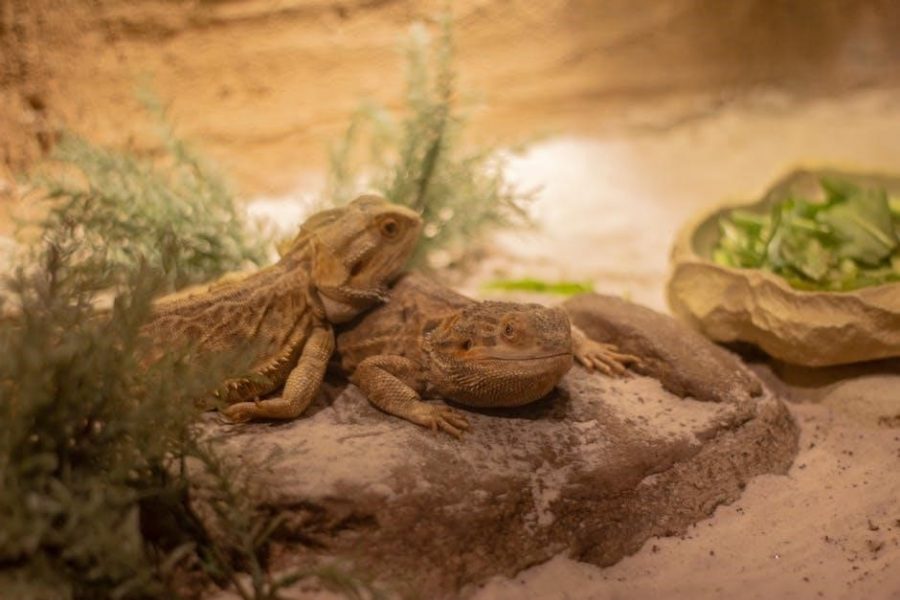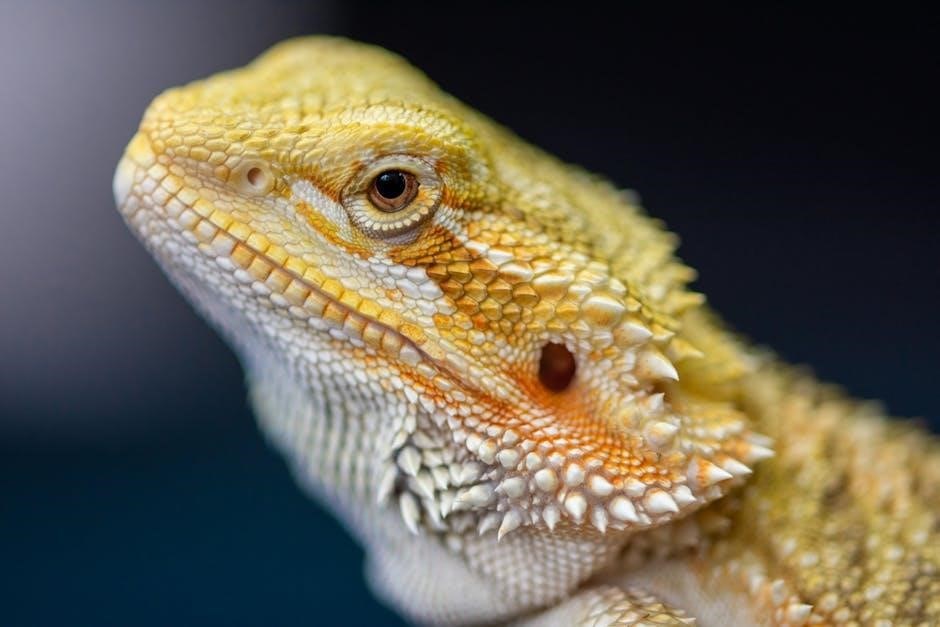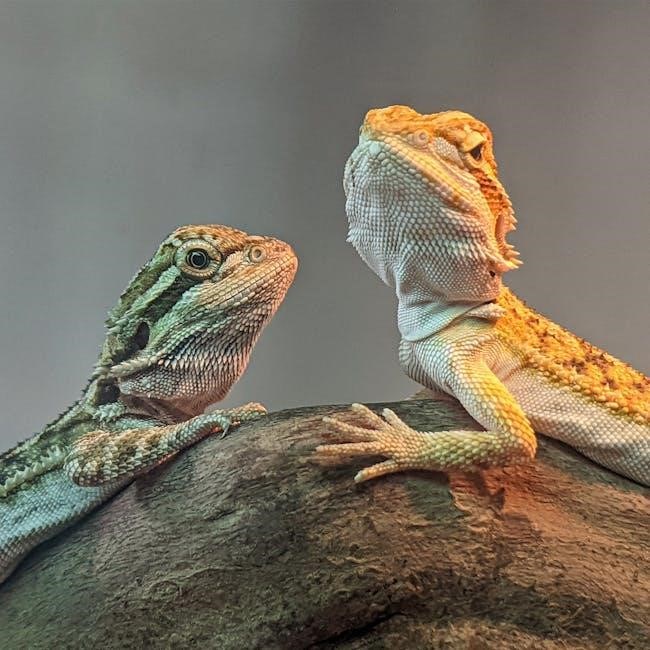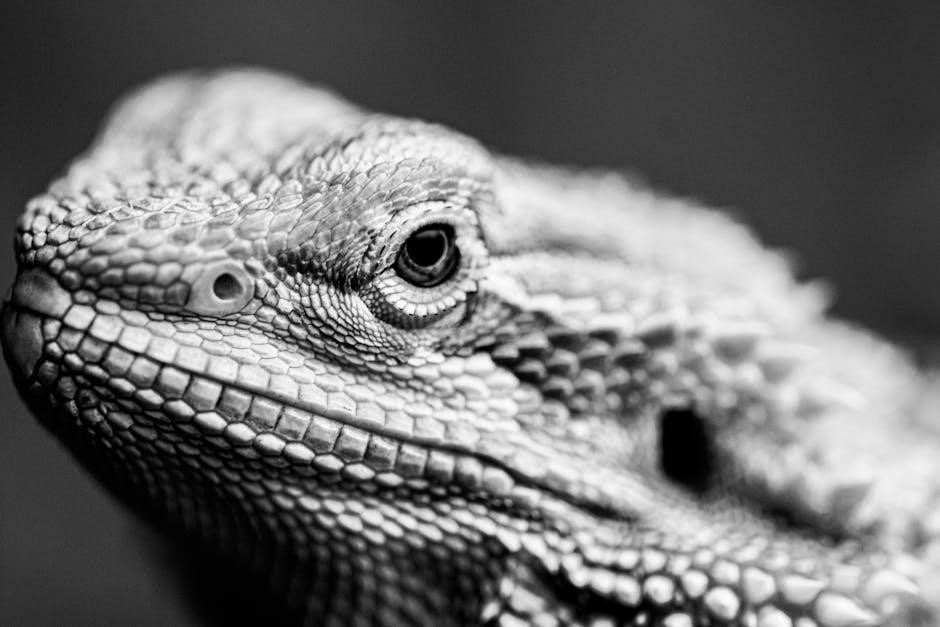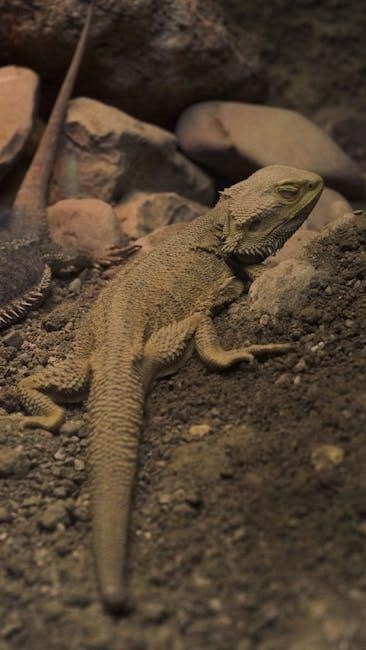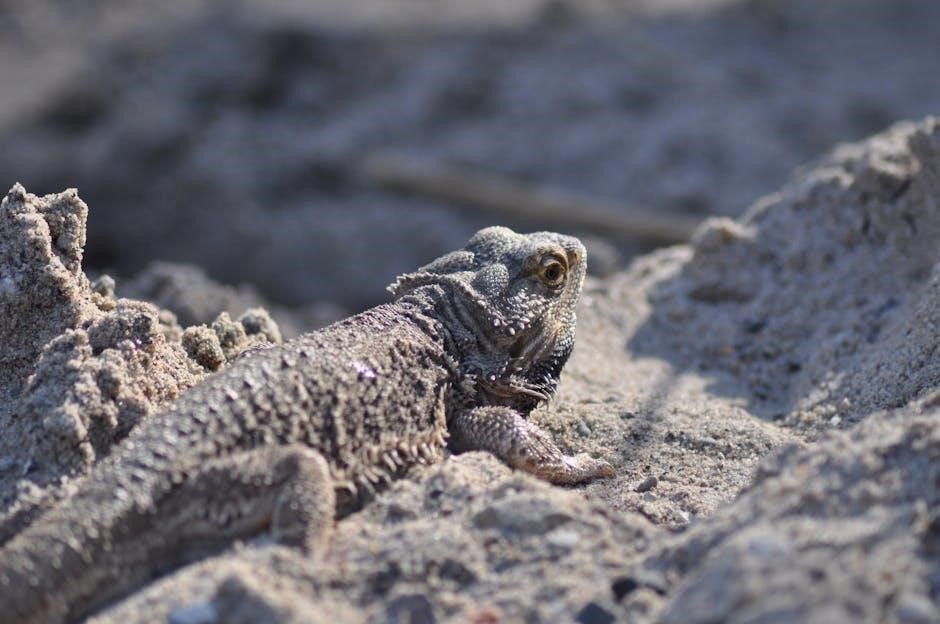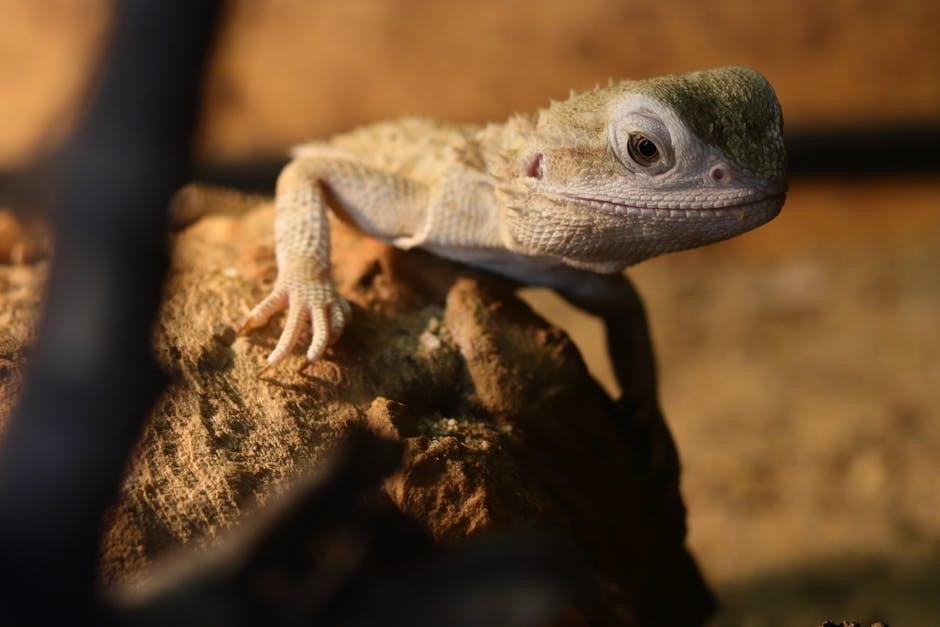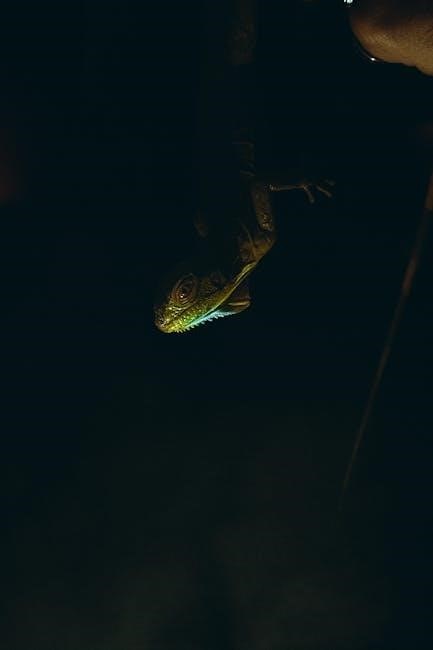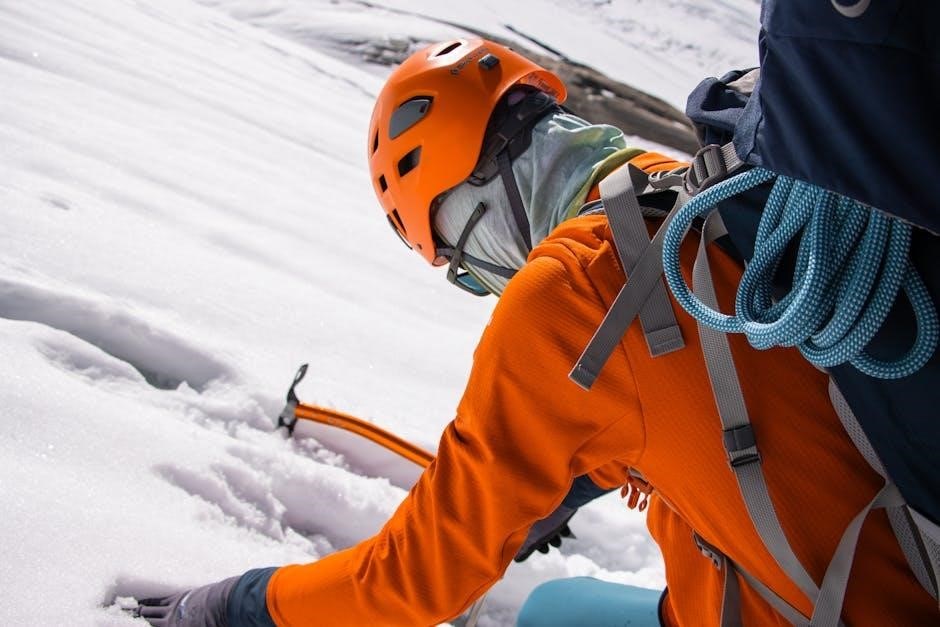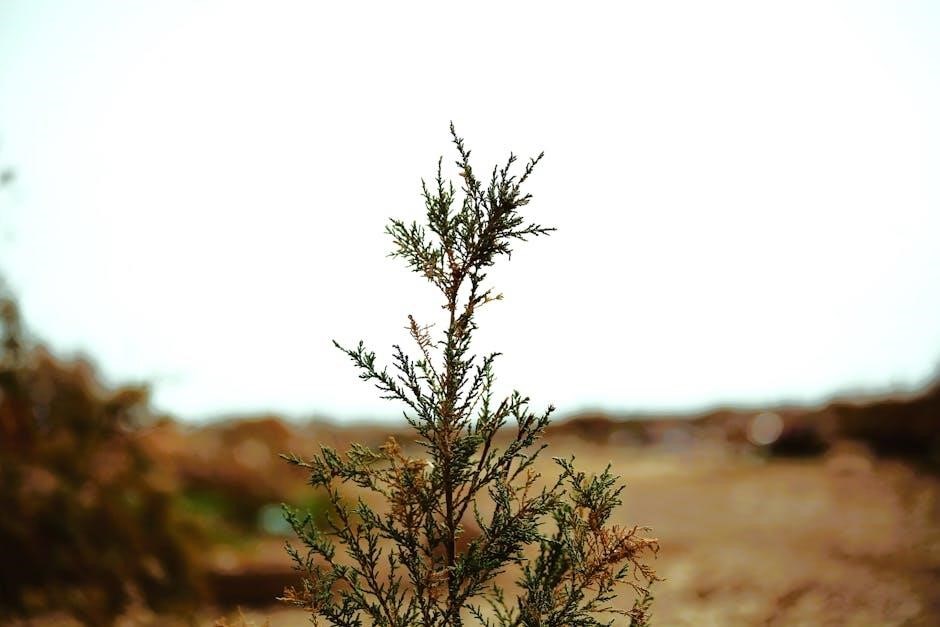The Concise St. Martin’s Guide to Writing offers a streamlined, focused approach to improving writing skills. Designed for effectiveness, it provides practical tools and clear guidance for writers of all levels. Active learning techniques, concise content, and essential exercises help writers refine their craft and communicate ideas with clarity and precision. This guide is a valuable resource for anyone seeking to enhance their writing abilities in an organized and efficient manner.
What is the Concise St. Martin’s Guide to Writing?

The Concise St. Martin’s Guide to Writing is a streamlined, practical resource designed to help writers improve their skills effectively. Authored by Axelrod and Cooper, this guide focuses on clear, focused content and active learning techniques. It provides essential tools for writing, including practical exercises and real-world examples, to help writers master critical skills like tone, audience awareness, and revision. The guide is structured to address common writing challenges, such as overcoming writer’s block and understanding grammar, while emphasizing the importance of clarity and precision. Its concise format ensures that writers can quickly find the information they need to succeed. This guide is an invaluable tool for students, professionals, and anyone seeking to enhance their writing abilities.
The Importance of the Guide for Writers
The Concise St. Martin’s Guide to Writing is an indispensable resource for writers seeking to refine their skills and produce clear, effective writing. Its structured approach empowers writers with practical tools and strategies to overcome common challenges, such as writer’s block and grammar issues. By focusing on active learning and concise content, the guide helps writers develop a strong foundation in critical thinking, analysis, and communication. It is particularly valuable for students and professionals who need to convey ideas with precision and impact. The guide’s emphasis on real-world applications makes it an essential tool for anyone aiming to improve their writing abilities and achieve their communication goals efficiently.

Key Features of the Concise St. Martin’s Guide to Writing
The guide offers concise content, active learning techniques, and practical exercises to enhance writing skills. Its focus on clarity and precision ensures effective communication and skill development.
Concise Content for Effective Learning
The Concise St. Martin’s Guide to Writing emphasizes streamlined content to facilitate focused learning. By presenting information clearly and directly, it helps writers grasp key concepts without unnecessary complexity. This approach ensures that students can quickly access the information they need, making it easier to apply skills in practical situations. The guide’s concise nature promotes efficient studying, allowing learners to prioritize understanding and application over lengthy explanations. This method is particularly beneficial for students seeking a straightforward, no-frills approach to improving their writing abilities. The emphasis on clarity and brevity makes the guide an ideal tool for effective and time-efficient learning.
Active Learning Techniques
The Concise St. Martin’s Guide to Writing integrates active learning techniques to engage students and enhance their writing skills. These techniques encourage hands-on participation, such as writing exercises, peer reviews, and reflective activities, to help learners apply concepts directly. By involving students in the learning process, the guide fosters critical thinking and creativity. Active learning strategies also promote collaboration, allowing students to share ideas and gain diverse perspectives. This approach ensures that writers develop practical skills through immediate application, making the learning experience more dynamic and effective. The guide’s emphasis on active learning helps students take ownership of their writing development, leading to improved confidence and proficiency in communication.

Practical Exercises for Skill Development
The Concise St. Martin’s Guide to Writing provides a range of practical exercises designed to build and refine writing skills. These exercises are tailored to address specific aspects of writing, from crafting clear sentences to organizing complex arguments. By completing these tasks, writers gain hands-on experience in applying key concepts learned in the guide. The exercises also encourage writers to experiment with different styles and techniques, helping them develop a versatile writing voice. With a focus on real-world application, the guide’s practical exercises empower writers to improve their abilities and produce polished, effective writing. Regular practice through these exercises ensures steady progress and mastery of essential writing techniques.

Structure and Organization of the Guide
Chapter Organization and Flow
The Concise St. Martin’s Guide to Writing is structured logically, with clear chapter organization that builds skills progressively. Each chapter focuses on specific writing aspects, ensuring a smooth learning flow.
The Concise St. Martin’s Guide to Writing is meticulously organized to ensure a logical progression of skills. Each chapter is structured to build upon the previous one, providing a clear path for writers to develop their abilities. The guide begins with foundational concepts, such as understanding the writing process, and gradually introduces more advanced topics like tone, audience awareness, and revision techniques. This sequential approach allows learners to grasp key ideas before moving on to complex tasks. The flow is designed to be intuitive, with concise explanations and practical examples that make the material accessible. By following this structured format, writers can systematically improve their skills and confidence. The guide’s organization ensures that learners can easily navigate the content and apply what they’ve learned effectively.
Coverage of the Writing Process
The Concise St. Martin’s Guide to Writing provides comprehensive coverage of the writing process, guiding learners through each stage from brainstorming to final review. It emphasizes the importance of critical thinking and analysis, encouraging writers to explore ideas deeply. The guide offers practical advice on drafting, revising, and editing, with exercises tailored to refine these skills. Whether addressing narrative, argumentative, or analytical writing, the guide ensures a thorough understanding of the process. It also highlights the role of reflection and feedback, helping writers assess their work effectively. By breaking down each step, the guide makes the writing process manageable and accessible, empowering learners to produce polished, impactful writing with confidence and clarity.
Importance of Clarity and Precision
Clarity and precision are foundational to effective writing, and the Concise St. Martin’s Guide to Writing emphasizes their significance. The guide encourages writers to avoid vague language and unnecessary complexity, focusing instead on conveying ideas with accuracy and directness. By providing practical exercises and examples, it helps learners refine their ability to express thoughts clearly. Active learning techniques and concise content ensure that writers can communicate their message without ambiguity. This emphasis on precision enables writers to produce work that is both impactful and easy to understand, fostering better engagement with readers. The guide’s structured approach ensures that clarity remains a priority throughout the writing process, from initial drafts to final revisions;

Essential Writing Skills Covered
The guide covers critical thinking, analysis, tone, audience awareness, and revision techniques. It helps writers develop clarity, precision, and effective communication skills through structured exercises and examples.
Critical Thinking and Analysis
Critical thinking and analysis are foundational skills emphasized in the Concise St. Martin’s Guide to Writing. These skills enable writers to evaluate information, identify patterns, and form logical arguments. The guide provides structured exercises and prompts that encourage writers to question assumptions, explore multiple perspectives, and synthesize ideas effectively. By fostering analytical thinking, the guide helps writers produce well-supported, insightful writing. These skills are essential for academic and professional success, as they promote deeper understanding and clearer expression of ideas. The guide’s approach ensures that writers can apply critical thinking to various writing tasks, enhancing the quality and impact of their work.
Mastering Tone and Audience Awareness
Mastering tone and audience awareness is a key focus of the Concise St. Martin’s Guide to Writing. Recognizing that tone significantly impacts how messages are received, the guide offers practical strategies to adapt language to different contexts. It emphasizes understanding the audience’s needs, preferences, and expectations to tailor writing effectively. Through targeted exercises, writers learn to adjust their voice and style to communicate clearly and persuasively. This section highlights the importance of aligning tone with purpose, ensuring that writers can convey their ideas in a way that resonates with their intended audience, whether in academic, professional, or personal settings. By refining these skills, writers enhance their ability to connect with readers and achieve their communication goals.
Revision and Editing Techniques
Revision and editing are essential steps in the writing process, and the Concise St. Martin’s Guide to Writing provides comprehensive strategies for both. The guide emphasizes the importance of revising for content, structure, and clarity, while editing focuses on refining grammar, punctuation, and style. Practical exercises guide writers through self-assessment and peer review, helping them identify areas for improvement. Tips on maintaining a critical eye and avoiding common errors are also included. By mastering these techniques, writers can transform drafts into polished, professional pieces, ensuring their work is not only coherent but also engaging and impactful. Effective revision and editing are key to producing writing that communicates ideas clearly and effectively.

Addressing Common Writing Challenges
The guide offers strategies to tackle writer’s block, tips for meeting audience needs, and clarity in grammar. It provides practical advice and interactive exercises to enhance writing skills effectively.
Overcoming Writer’s Block
The Concise St. Martin’s Guide to Writing provides practical strategies to help writers overcome creative obstacles. Techniques such as freewriting, brainstorming, and outlining are emphasized to stimulate ideas. The guide encourages writers to break tasks into manageable steps, reducing anxiety. It also offers tips on setting realistic goals and creating a productive writing environment. By addressing the root causes of writer’s block, such as fear of failure or perfectionism, the guide empowers writers to move forward confidently. Interactive exercises and prompts are included to spark creativity and maintain momentum. These approaches ensure writers can effectively navigate challenges and produce polished, meaningful work.
Identifying and Meeting Audience Needs
The Concise St. Martin’s Guide to Writing emphasizes the importance of understanding and addressing audience needs. It provides strategies to analyze audience expectations, preferences, and knowledge levels. Writers learn to tailor their tone, language, and content to connect effectively with their intended readers. Practical exercises, such as audience profiles and purpose statements, help writers clarify their goals. The guide also offers tips on anticipating audience questions and concerns, ensuring clear communication. By focusing on audience-centered writing, the guide enables writers to create content that resonates and meets the needs of their readers. This approach fosters meaningful engagement and enhances the overall impact of written work.

Understanding Grammar and Style
The Concise St. Martin’s Guide to Writing provides clear guidance on grammar and style, helping writers master the fundamentals of effective communication. It offers concise explanations of grammar rules, punctuation, and sentence structure, along with practical exercises to reinforce understanding. The guide emphasizes the importance of style in writing, teaching writers to adapt their tone and language to suit different audiences and contexts. By focusing on clarity and precision, it enables writers to express their ideas confidently and persuasively. The guide also includes resources for diagnosing and addressing common writing challenges, ensuring that writers can refine their skills and produce polished, professional work. This section is essential for building a strong foundation in writing mechanics and stylistic awareness.

Visual and Research Elements
The guide emphasizes the role of visuals in enhancing writing and provides practical research methods to strengthen arguments and support ideas effectively.
Role of Visuals in Enhancing Writing
Visual elements play a crucial role in enhancing writing by making complex ideas more accessible and engaging. The Concise St. Martin’s Guide to Writing emphasizes the importance of using visuals like charts, images, and diagrams to support written content. These elements help writers communicate more effectively by breaking down information into digestible parts. Visuals also capture readers’ attention and make written arguments more compelling. The guide provides strategies for integrating visuals seamlessly into writing projects, ensuring they complement the text rather than distract from it. By leveraging visuals, writers can convey their message with greater clarity and impact, making their work more persuasive and memorable for the audience;
Effective Research Methods

The Concise St. Martin’s Guide to Writing emphasizes the importance of effective research methods to support writing. It provides practical strategies for gathering and evaluating information, ensuring writers can conduct research efficiently. The guide covers various research techniques, such as field research, source-based research, and memory search, to help students find credible and relevant data. Additionally, it offers guidance on organizing and synthesizing information to build strong arguments. The guide also addresses proper citation methods, including MLA format, to ensure academic integrity. By teaching students how to approach research systematically, the guide helps them develop well-supported and polished writing. These methods empower writers to produce high-quality work while avoiding common research pitfalls.
The Concise St. Martin’s Guide to Writing is a trusted resource for writers seeking to refine their skills through active learning and practical application. By emphasizing clear, concise content and essential exercises, the guide equips writers with the tools to communicate effectively. Its structured approach ensures that writers can navigate the writing process with confidence, addressing challenges like writer’s block and audience awareness. The guide’s focus on critical thinking, tone, and revision fosters well-rounded writing abilities. Whether for academic or professional purposes, the Concise St. Martin’s Guide to Writing remains a vital companion for anyone aiming to improve their writing and achieve their goals. Its enduring relevance makes it a cornerstone for writers at all levels.












